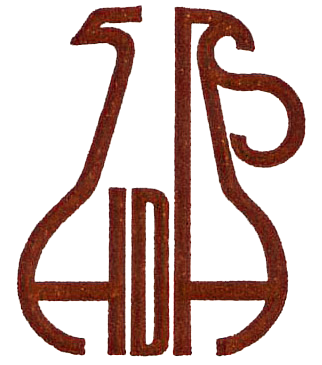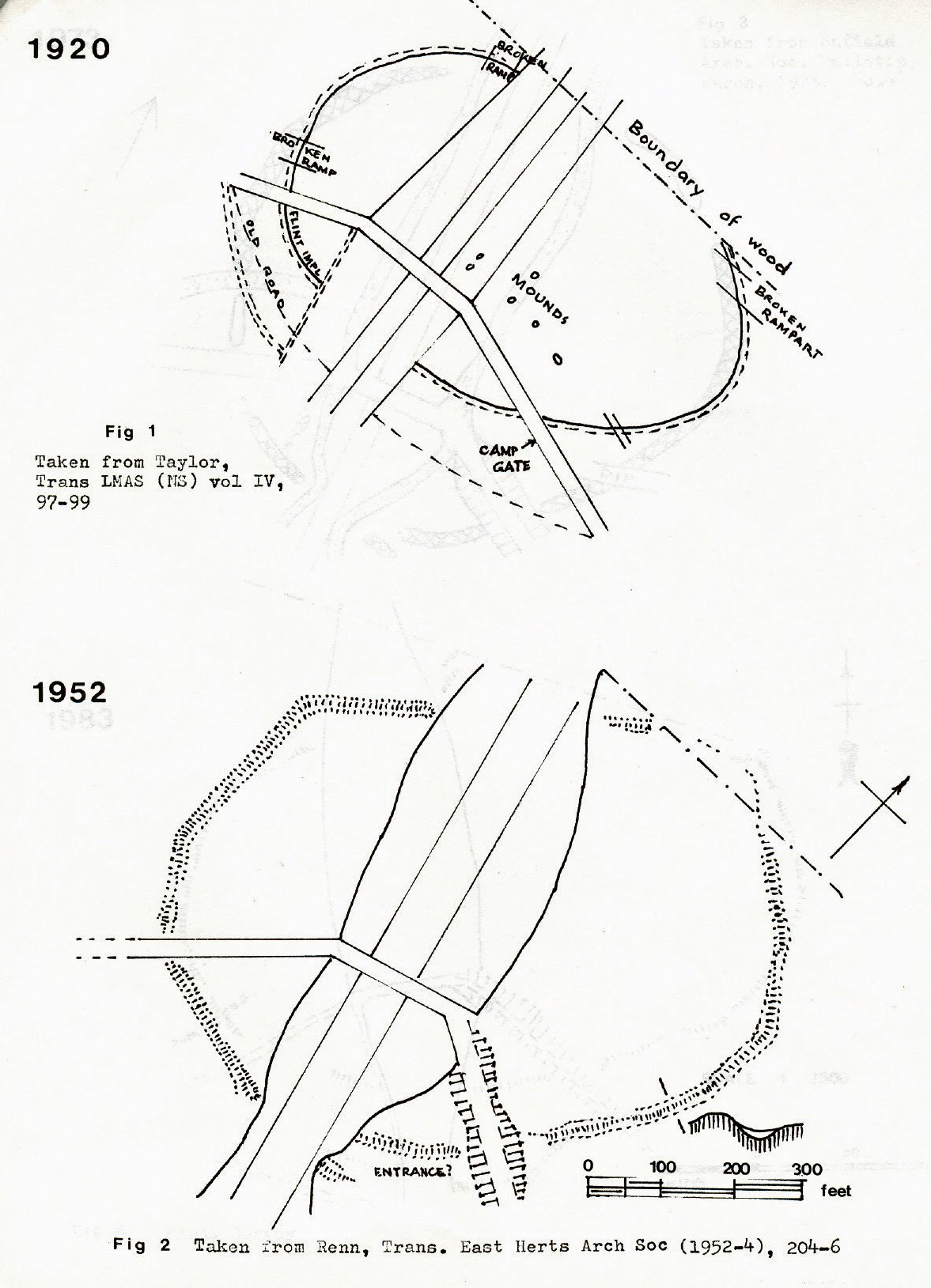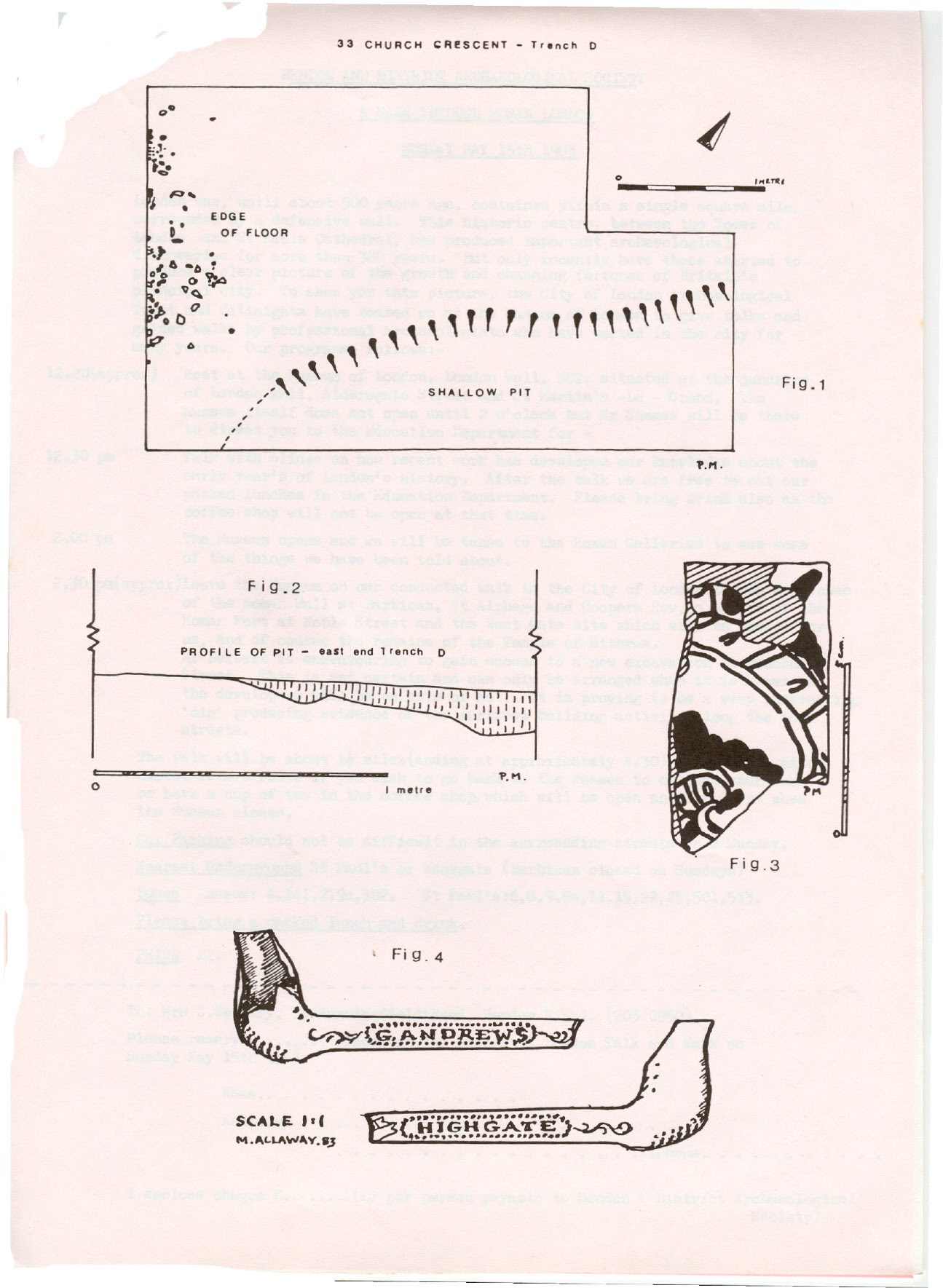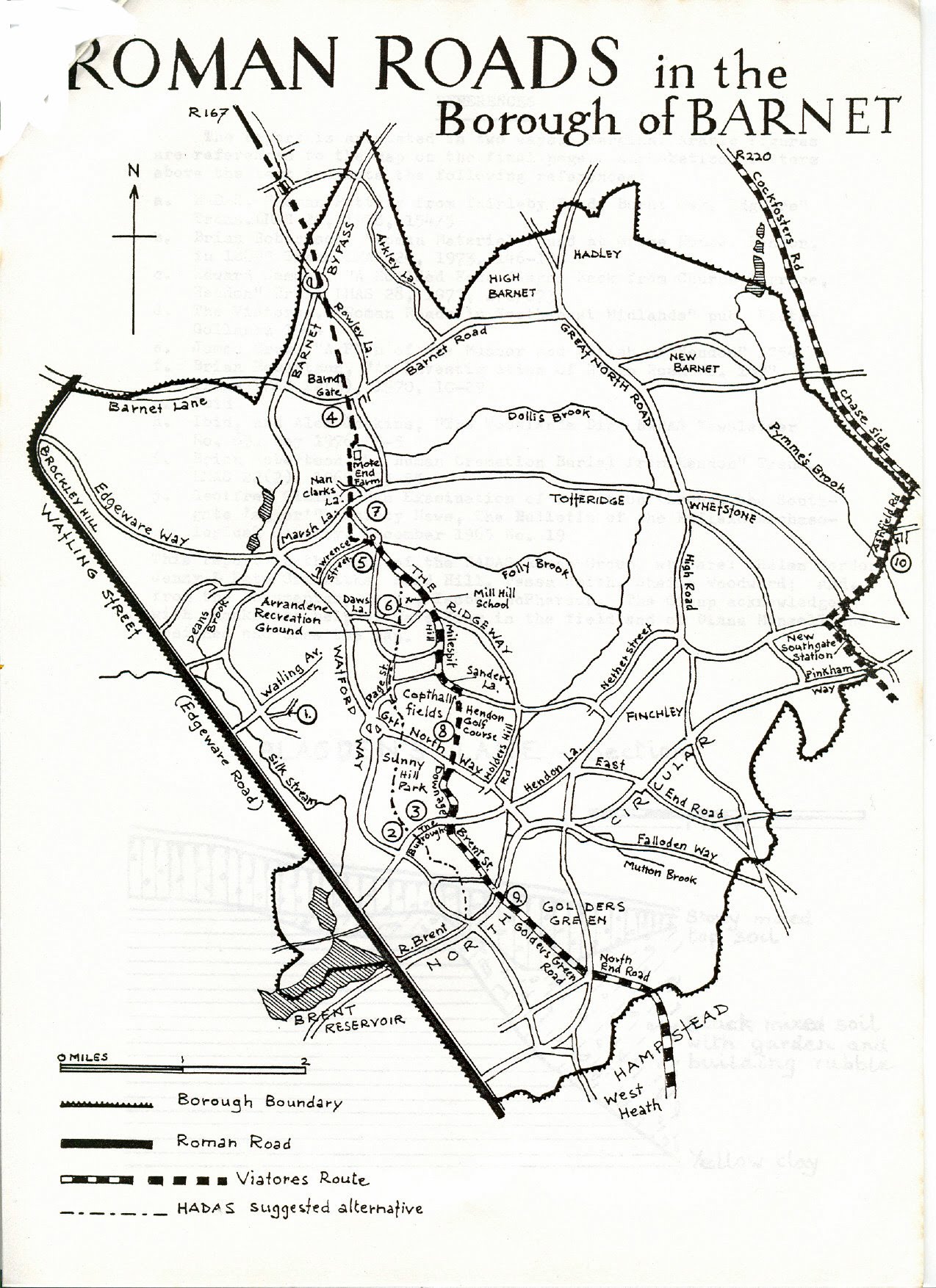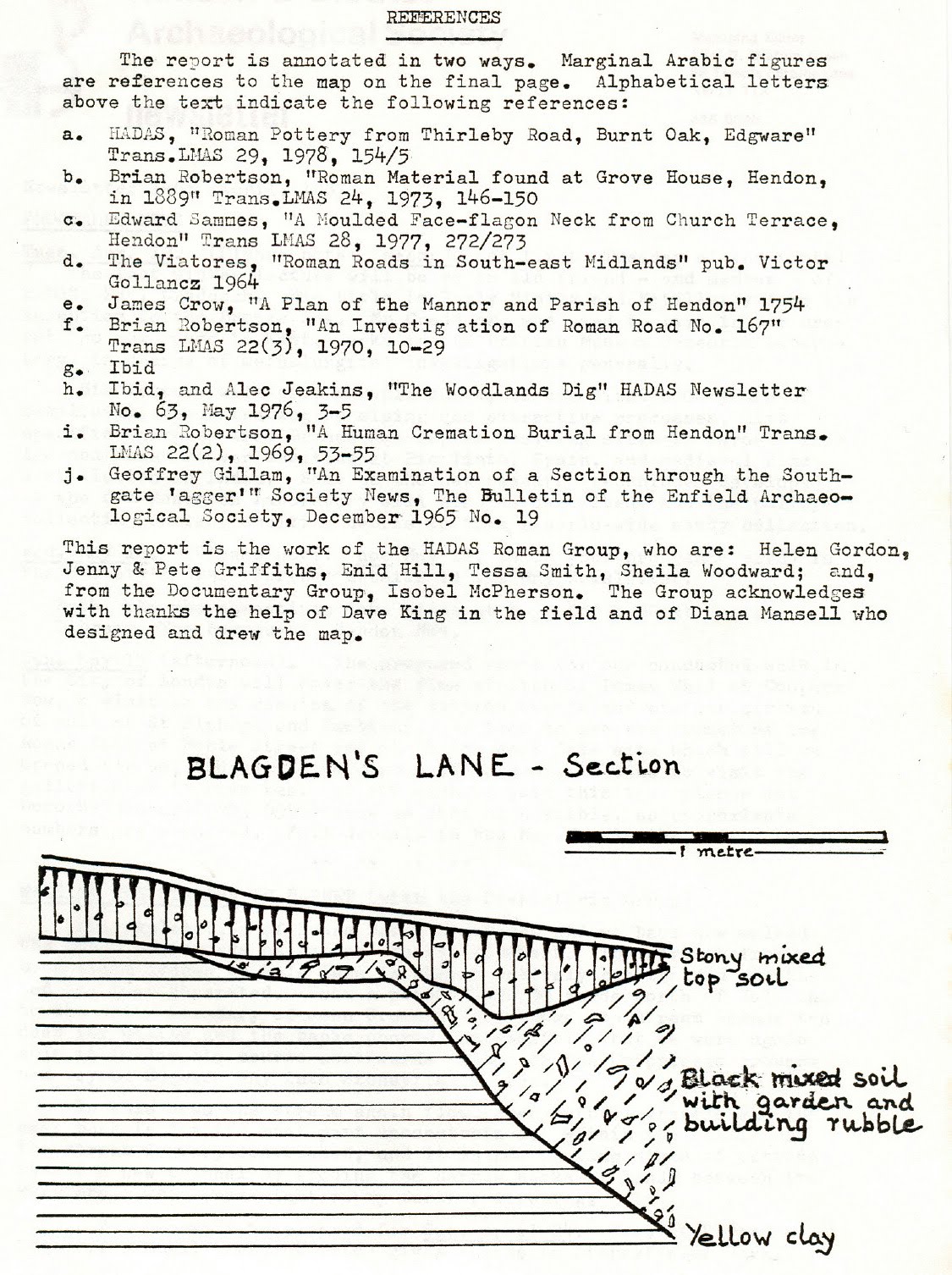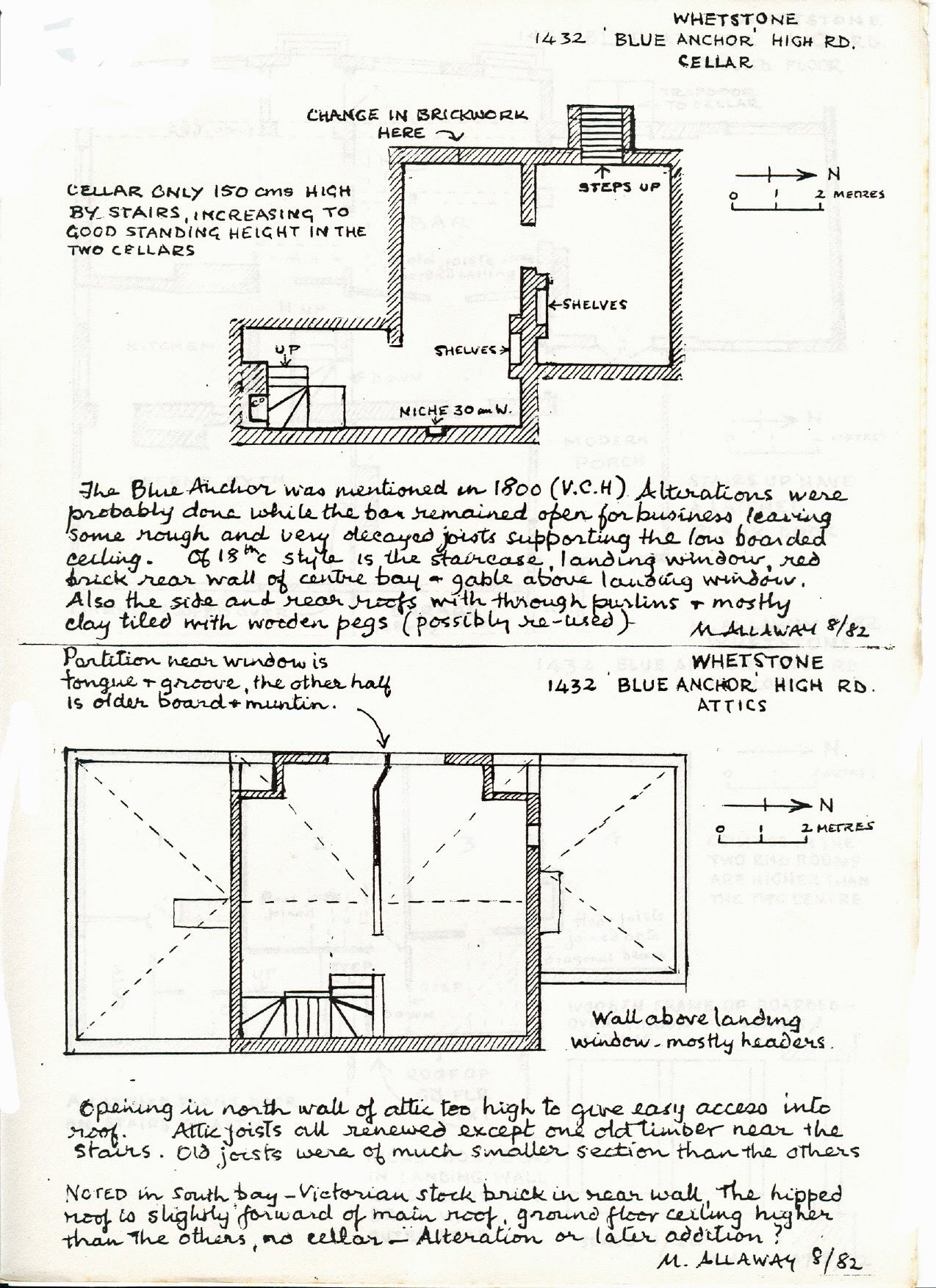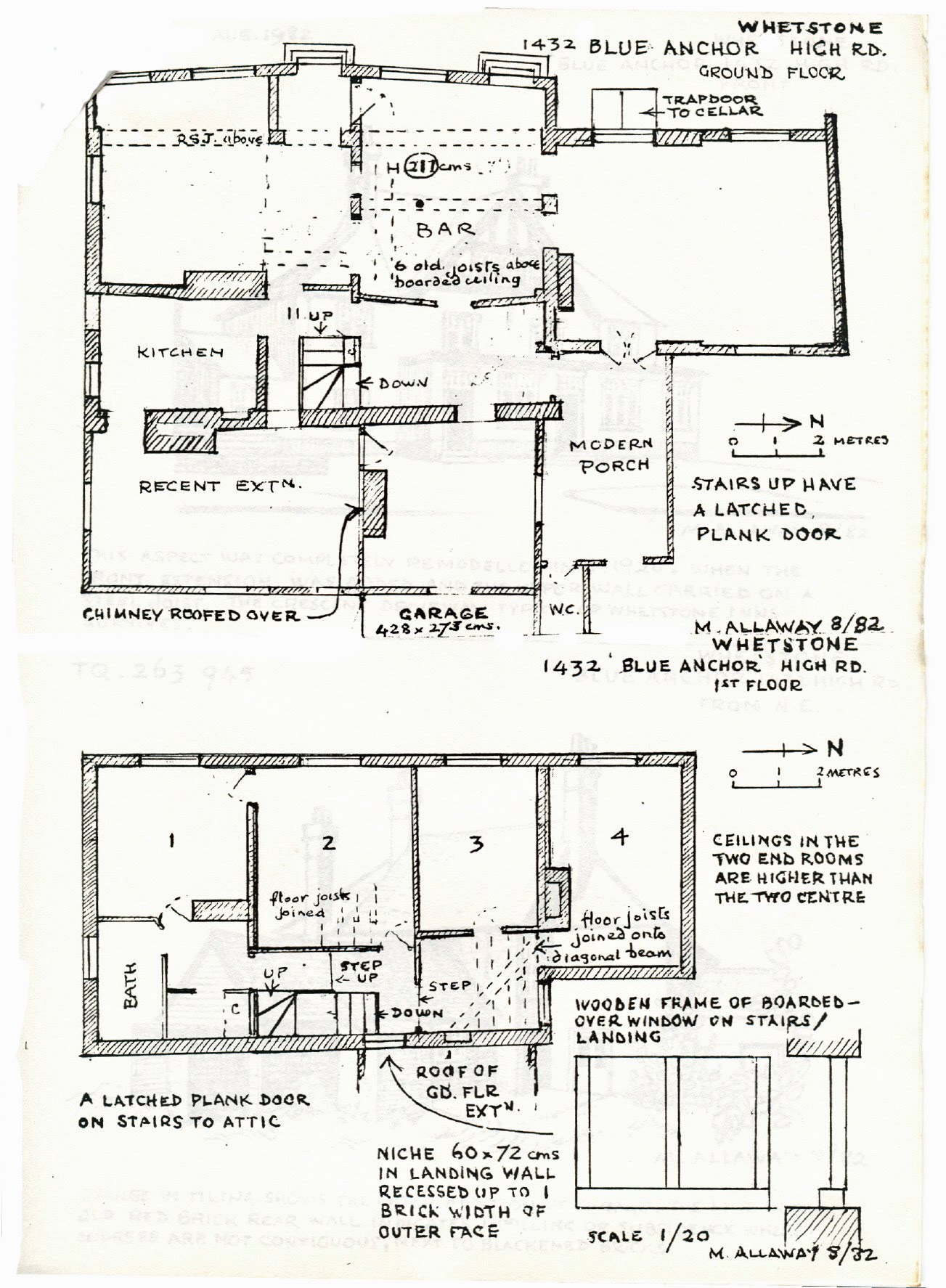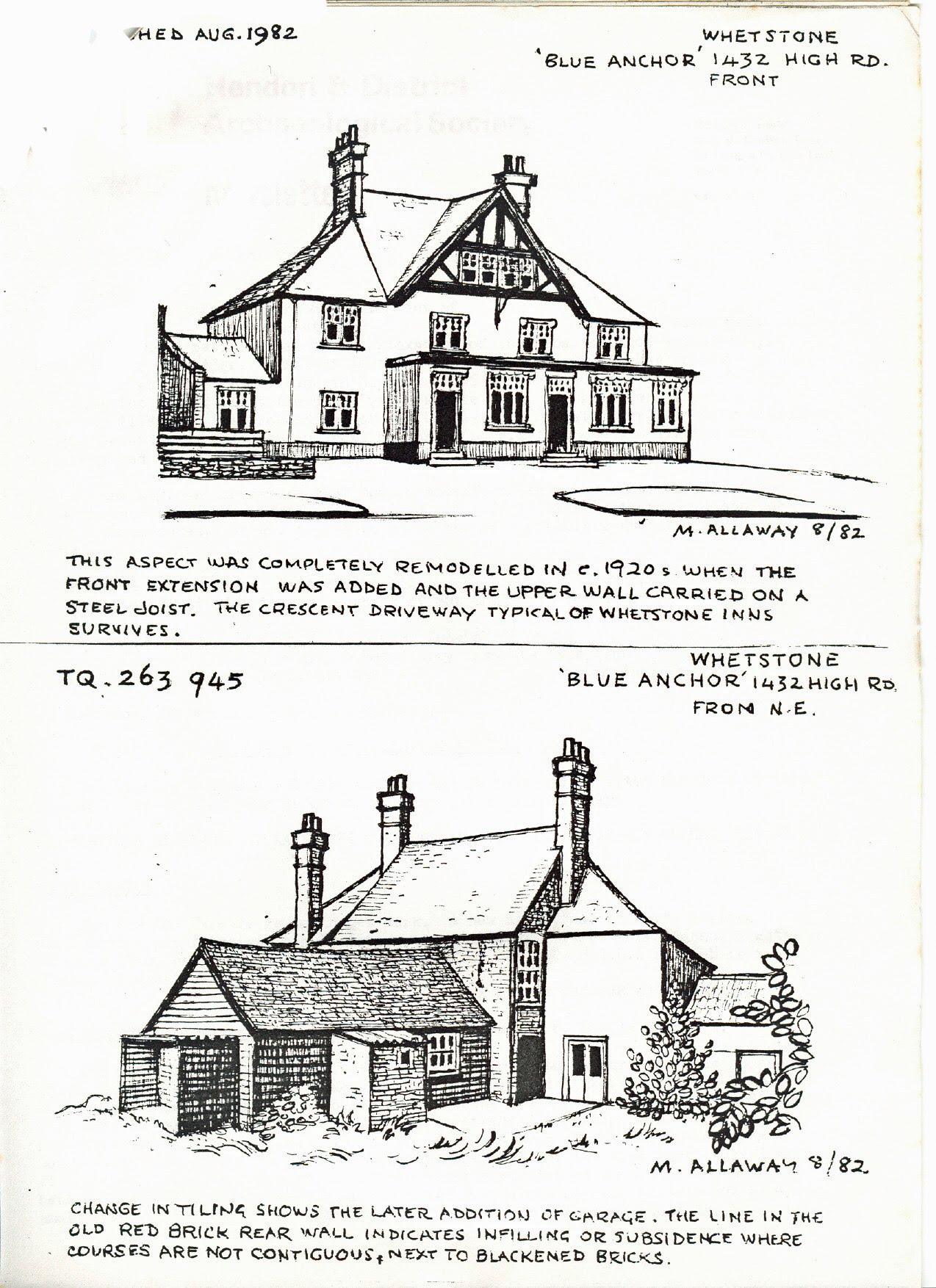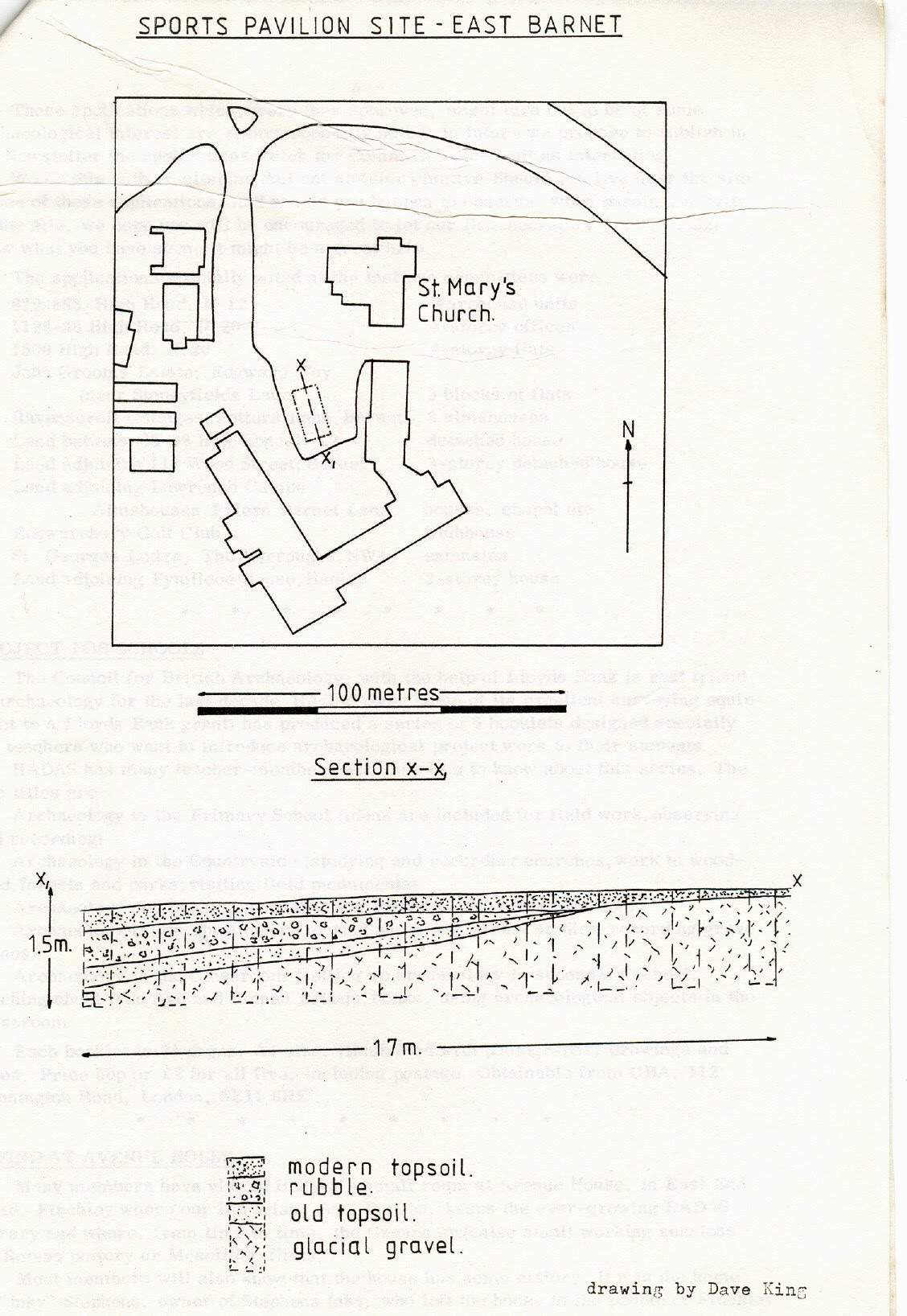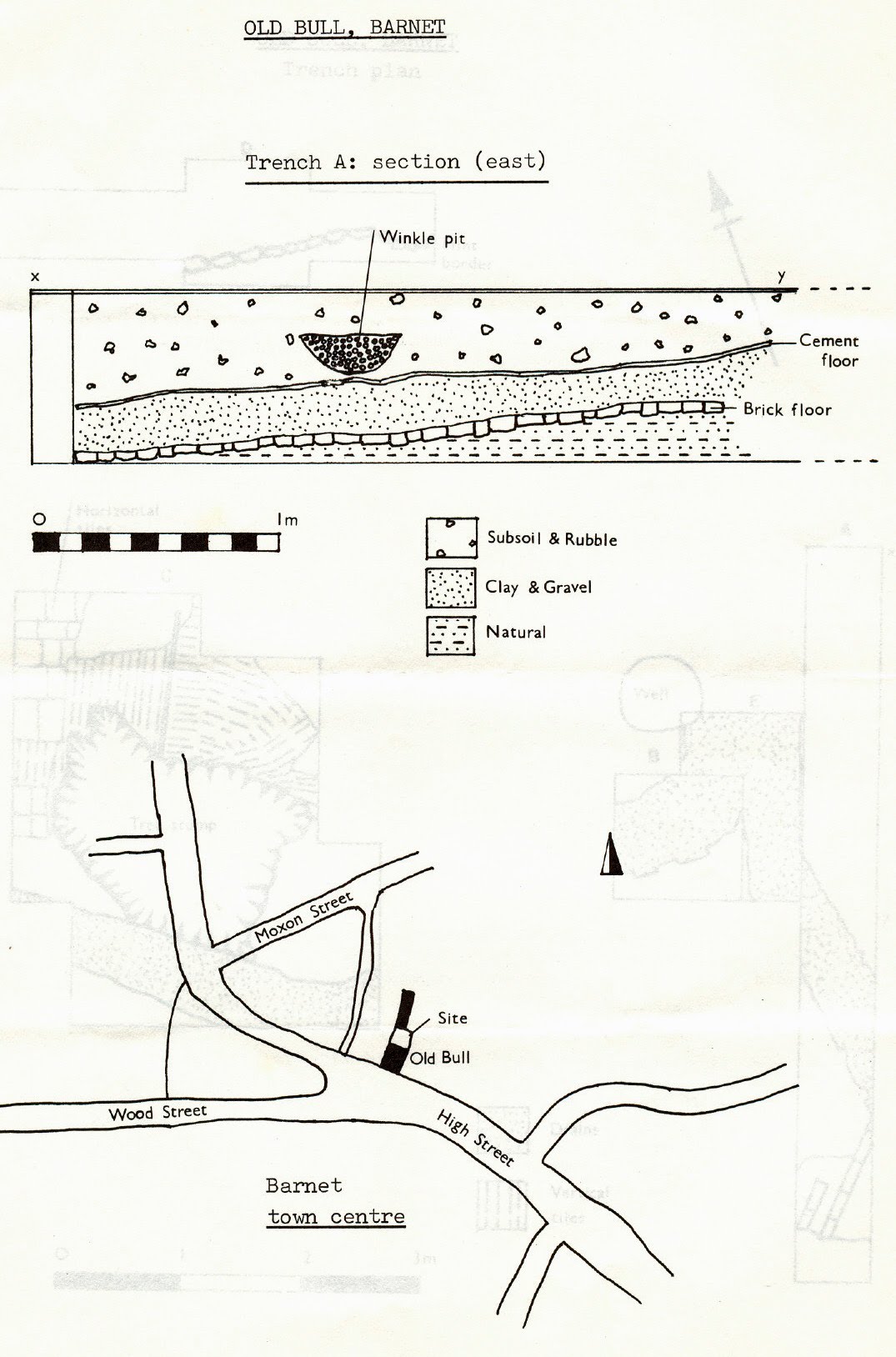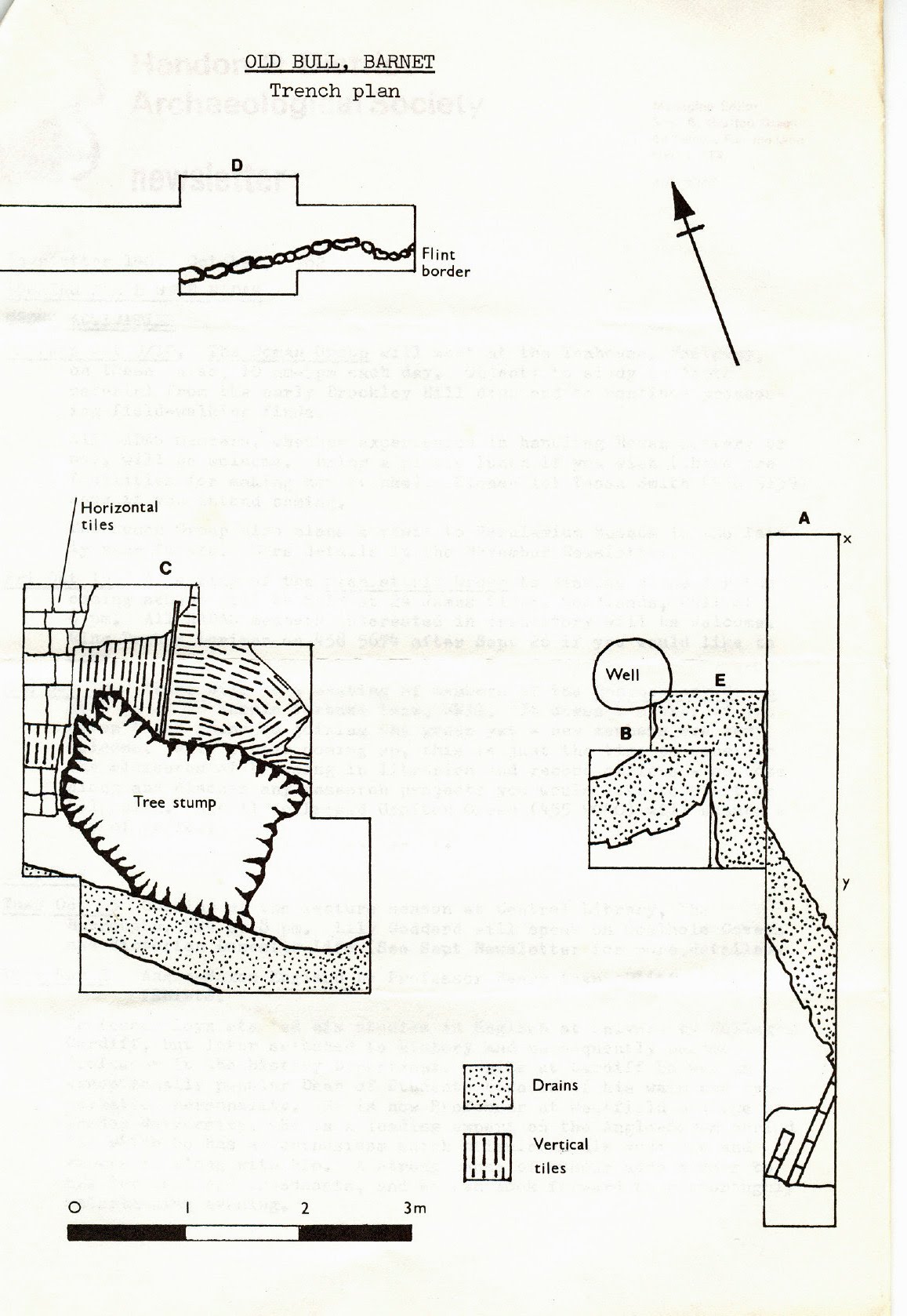Newsletter 149: July, 1983
PROGRAMME NOTES by Dorothy Newbury
Saturday July 16 Our outing is to Cirencester, the second largest town of Roman Britain, and to Northleach. At the time of going to press we are negotiating with the Oxford Archaeological Unit hoping to arrange a visit to their excavation of a Romano British Villa on an early Roman settlement site at Claydon Pike. Corinium (Cirencester) Museum has been completely redesigned recently and the displays are arranged from Pre-history, through the Roman period to Saxon and Medieval. There will be time to walk round Cirencester to see the Amphitheatre, a section of Roman Town Wall, or buildings of medieval
and later historic interest. In the afternoon we follow the Fosse Way to the Cotswold Countryside Collection at Northleach. This new museum tells the story of rural life in the Cotswolds and is housed in the remaining buildings of the Northleach House of Correction, one of the first “country prisons”. The original cell-block with its impressive’ 18th century facade is an almost forbidding sight in the heart of the Cotswold countryside. If you wish to join the party, please fill in and return the enclosed to Dorothy Newbury as soon as possible.
Saturday, August 13 Visit to Peterborough.
Wednesday August 31 – Sunday September 4 Trip to Gower Peninsula.
NOTE FROM THE MEMBERSHIP SECRETARY
Once again outstanding and that you do not last year there, I would like to remind you that some subscriptions are still I should be very pleased to receive these, or confirmation wish to continue your membership. Out of our membership from are some 140 outstanding as from 3.6.83. Thanks .Membership Secretary PHYLLIS FLETCHER
COMMITTEE CORNER
First meeting of the 1983-4 Committee took place early in June. Here are some of the matters whieh were reported to or discussed at it.
SHEILA WOODWARD has joined the committee of the London Archaeologist quarterly journal – the second HADAS member to serve on it recently, as Daphne Lorimer completed a 3-year stint not long ago.
Advance news of another ‘mini’ Minimart next autumn: DOROTHY NEWBURY and CHRISTINE ARNOTT are thinking in terms of an October Saturday. More about this, of course, as the date gets closer. At the end of the AGM, PERCY REBOUL suggested the possibility of initiating a regular Constantinides Memorial Lecture to honour our founder. The Committee has decided such a lecture would be valuable – not as a regular item in our programme, but as an occasional event, particularly when we want to talk about HADAS’s own work. No precise plans at this early stage, but it is hoped that TED SAMMES might talk about the Church Terrace dig and its aftermath; while looking further ahead, the backroom work on the West Heath finds might well provide a good topic for DAPHNE LORIMER.
It was reported that arrangements had been made by HADAS member MARGARET MAHER for a visit to the West Heath site on June 8 by Mrs. Joan Huxtable of the Research Laboratory for Archaeology and the History of Art at Oxford. The aim of this was to insert probes which will measure the background thermoluminescence of the soil, as mentioned in Daphne Lorimer’s Prehistoric Group report in the May Newsletter. What we are hoping to do is to gain for West Heath something which we have never had and have.always wanted – a scientifically-based dating for the site. This time it will be found by using the thermoluminescence of struck flint.
Another event for which HADAS has been anxiously waiting for a long time has now taken place. The Statutory List of Buildings of Architectural and Historic Interest for the Borough of Barnet has at last been updated by the Department of the Environment. We originally submitted our recommendations for it, at the Borough Planning Officer’s invitation, and after some months of work, on November 12, 1970
The List now has to be laid formally before the Borough’s Town Planning and Research Committee, and after that it will be made public. We hope to tell you in later Newsletters about some of the buildings which have been newly added to the List.
Reports on digs past. Three HADAS digs still go unpublished:
Church End Farm, Hendon, HADAS’s first dig, 1961-66. The Committee has been in touch with the director, Ian Robertson. He still hopes to.publish a report, possibly in Postmedieval Archaeology – but no date has been arranged for publication.
Church Terrace, Hendon, 1973-74. Ted Sammes is still working on this; no deadline for completion of the report has yet been fixed.
West Heath, 1976-81. Mr: Lorimer reports considerable research being done on the finds. It is hoped to publish this as a LAMAS Special Paper.
THE CORNER SHOP, HIGH STREET, ELSTREE: Pt.2
In the May Newsletter we published a report on an late< medieval house at the junction of Barnet Lane and High, Street, Elstree.
(TQ 1782 9523), where a conversion to a dental surgery is taking place. We mentioned that it was proposed to dig a drain across the small backyard of the house, and that when that happened HADAS had permission from the developers to site-watch now been concluded. On June 6 a 3-ft (90 cm) deep, roughly rectangular trench was taken out in the yard. Its N/S dimension was 7ft (just over 2m), E/W 5ft (1.5m). The west side of the trench, at its Northern end, was dug 9ft (2.7m) away from, and parallel with, the wall of the surgery. Near the base of the trench an earlier drain could be seen - a pipe of about 10” (25cm) bore probably, laid some 30 years ago. The fill above, around and below the pipe was pebbly and of the same type throughout: no soil change could be seen in the section and no structures or small finds were visible. However, in the course of the excavation the builders did recover a little pottery of modern type, a modern knife handle, a fragment of animal jawbone and a corroded iron object, possibly a handle of some kind.
The spoil - kindly left by the builders for us to trowel through - confirmed the evidence of the sections. It was clay with a heavy pebble content and was sterile. The fill of the trench probably dated from the time of the insertion of the original pipe.
(Report compiled from the 'observations of HELEN O'BRIEN and TESSA SMITH)
A HADAS INVALID
As this is being written the Newsletter has good news from Edgware General Hospital, where George Ingram) until recently a member of the HADAS Committee and for many years our Hon. Librarian, underwent an eye operation on June 7.
His grand-daughter, who has been keeping his house warm for him, expected him home in the latter half of June. George himself reports that he is having so many eye-drops and tablets that when he moves he rattles – so obviously his sense of humour hasn’t deserted him!
We feel sure that all HADAS members will want, through the pages of the Newsletter, to wish George well and happy – and with improved eight – very soon.
Because of his eye trouble George has had to give up two long-term projects which he has been ‘nursing’ for HADAS. Our Hon. Secretary would greatly appreciate offers from other members prepared to take them on.
One project is keeping and adding to the Society’s collection of local newspaper cuttings. This includes cuttings in which HADAS itself is mentioned and also cuttings of general local historical or archaeological interest.
The other project is the collection of material of all kinds about the history of the nonconformist churches of the Borough.
Any member who would be prepared to step into George’s shoes in either of these respects is asked to ring Brian Wrigley.(959 5982). He has all George’s earlier papers, details of his contacts, etc.
OUTING TO CASTLE HEDINGHAM AND GESTINGTHORPE’ Report by JEAN HENNING
The first full day’s outing this year was celebrated in glorious sunshine on a perfect June day. At the request of the prehistorians the first stop was at Wandlebury hill fort. The warden told us an Iron Age community had lived on the 15 acre site for 300 years. The fort is situated on the crest of the Gog Magog Hills and is visible today as a circular ditch about 2.5m deep with an outer diameter of 310m.
A hop in time and a short stop at Bartlow Hills, where we saw 3 remaining Roman barrows out of .an original 8. We were suitably impressed by the size of the steep-sided mounds; the largest is 12m high and 33.9m in diameter. Excavations in 1840 were said to have revealed several fascinating burial finds but these were lost in a fire in 1847.
We continued on our way to Castle Hedingham through Sturmer village, home of the apple of that name. We arrived in time to look round the church of St. Nicholas which boasts a Norman wheel window, one of only five in the country, and 3 Norman doors in Norman doorways, before eating our lunch in the castle grounds.
Hedingham Castle is amazingly well preserved. The walls, faced with ashlar stone, are 12 ft. thick at the bottom and 10 ft at the top. We investigated all 4 floors, ground floor storage, second floor complete with minstrel gallery and the widest Norman arch in the country, top floor dormitory, and dungeons below. The 13th Earl of Oxford built the beautiful Tudor bridge
which spans the dry moat to replace the original drawbridge.
Back on the coach again to Gestingthorpe farm where farmer Harold Cooper, an enthusiastic amateur archaeologist showed us his collection of coins, jewellery, glass, pottery, ironwork – all found on his land, starting from 35 years ago when his plough turned up Some Roman pottery. The site is thought to be a village going back to a Belgic tribe c. 50 B.C. Some of us walked through the fields of lush green grain to the field where it all began, while others sat in the sun in Mr. Cooper’s garden.
Nothing could follow this, so we all went back for tea at Castle Hedingham’s Trading Post, and then home.
Our grateful thanks to Isobel McPherson for planning such an interesting day, and for leading us with such charm and good humour.
NEWS FROM THE GROUPS
THE ROMAN GROUP
On Saturday June 11 a small party visited Colchester Museum where we were shown the Roman pottery by a member of the staff. This collection must be one of the largest in England and we were allowed to handle items from the Museum shelves as well-as from the store room (a real treasure house) – mortaria,
Samian ware, coloured ware both plain and decorated, and vast amphorae in which wine, fish sauce and oil were brought from Spain to the port of Colchester.
We finished- the visit by going into the Roman vaults below the Norman castle in which the Museum is housed. Here the temple to Claudius was started in
AD 49-50.
Tuesday 12 July. The Roman Group will meet at the home of Peter and Jenny Griffiths, 8 Jubilee Avenue, London Colney, Herts. Tel. 612 3156:
Saturday 30 July. A visit is planned by car to see the excavations in Littlecote Park near Hungerford of a Roman villa site with the famous Orpheus Mosaic floor. Meet at the site at 2.0 pm.’ If interested, telephone Helen Gordon 203 1004, or Tessa Smith 958 9159.
THE DOCUMENTARY GROUP has news for members who would like to investigate the GLC’s Record Office and History Library in its new home at 40 Northampton Road, EC1.
The Record Office has arranged four Open Days in July – Monday 4, 11, 18 and 25. There will be an exhibition of documents, prints, books and photos called ‘Clerkenwell off the Record’; and there will be ‘behind the scenes! tours four times a day. Record Office opening hours are 10 am – 4 pm and the conducted tours take place at 10.45, 11.15; 2.00 and 2.45. Admission is free.
DIG AT HADLEY WOOD EARTHWORK
It was reported at the AGM in May that application had been made for permission to dig at the reputedly Iron Age earthwork in Hadley Wood; the Management Committee have agreed in principle subject to agreement on the precise location of the initial trial trench with Curators. This has been discussed with them on site and their final confirmation on the agreed location is expected shortly.
So we hope to start digging on the first weekend in July, ie the 2nd and 3rd July, and continue at weekends thereafter as needed. So if you are a potential digger (no previous experience required!) do please get in touch with Brian Wrigley on 959 5982. The only equipment needed will be the usual a waterproof, something to kneel on, and a 4 inch or smaller flat trowel.
The earthwork consists, as shown in the report in the last Newsletter, of a ring bank with, outside it, the barely perceptible depression of a silted-up ditch. Its somewhat tentative identification as Iron Age seems to rest mainly on the fact that there is nothing to make it fit in better with anything else; no relevant artefacts, so far as known, have ever been found. What a useful contribution it would be if HADAS’ investigation could provide some dating evidence: In the first instance, our object will be to expose a short length of the profile of the ditch and to find if there is a buried soil beneath the bank. The site where we expect to dig is in an area where previous investigators have suggested possible entrances: however thin the grounds .for these suggestions, they are the best we have as an indication of the hopes of finding artefacts to give possible dating. We shall also be looking for any evidence, eg postholes, for any wooden structure reinforcing the bank, and we hope to be able to arrange laboratory examination of any buried soil we find.
PLUMSTONES FROM THE MARY ROSE by Christine Arnott
In 1980 a basket of what appeared to be mainly plum stones was recovered from the hold of the Mary Rose. As it is possible to identify plum species and varieties from their stones, Peter Dodd of the Dept. of Horticulture at Wye College (Univ. of London) was invited by the Mary Rose Trust to examine them.
The sinking occurred in 1545 and little information on plum varieties grown at that time is available – up to 1509 much fruit was imported from the continent, but in 1533, Richard Harris, fruiterer to Henry VIII, was employed to import grafts of numerous fruits from France and the Low Countries and trees of these were planted on Crown land at Teynham in Kent. This orchard flourished and towards the end of the century similar-orchards were planted elsewhere in Kent and the rest of the country.
The earliest book to include names of plums is Parkinson’s “Paradisi in sole paradisus terrestris” published in 1629, but the stones from the Mary Rose predate this work and’ thus provide an opportunity to find out what plum varieties were being grown (and consumed) before the influx of continental varieties.
The 100 odd stones in the basket, some still covered with flesh – appeared rather like old prunes – prunes were known to be an important part of the old seamen’s diet, so it was initially assumed these were just that. However, they could have been fresh fruit collected prior to the ship’s sailing, but the date of 19th July falls rather early in the plum season for many varieties to be ripe.
Two lines of investigation were therefore followed:-
1. If PRUNES – historic literature on fruit was searched to see which varieties might have been dried for prunes in and around the 16th C. and then checking those stones against those found in the Mary Rose.
2. If FRESH FRUIT – producing a short list of varieties described in literature of the period and taking into account their harvest dates to tie in with the date of the ship’s sailing. Not finding harvest dates in the older texts in all instances more recent information had to be used and related to 1545. In so doing two important adjustments had to be made:
1. To allow for the change in calendars to the Gregorian in 1752 which means that 19 July 1545 is equivalent to 30 July in our time
2. To allow for changes in climate between then and now which would affect ripening dates.
Although precise meteorological data does not exist for the 16th C. (weather recording instruments were not introduced until 1700s) there is considerable evidence that the climate between 1500 and 1550 was relatively dry and hot. Supporting evidence comes from the annual growth rings in bristle cone pine trees in the USA. Cereal harvests in England were good between 1537-1548 and low prices, both suggesting good summer weather. Further, European weather conditions were also steady as suggested by the S.W. Germany records of good wine years between 1480 to 1550.
Thus, given the change in calendar and climate, plum varieties that ripen up to the middle of August today ware included in the short list for comparison with a selected 30 from the Mary Rose, as far as possible including a representative range of-shapes and sizes.
After careful examination on (including scanning in an electron microscope up to a magnification of 5000 times) and comparison with selected varieties at the National Fruit Trials, Brogdale EHS, it was revealed that five varieties were represented – Catalonia, Greengage, Mirabelle, Myrobalan and Yellow Cherry plum. As the ship was putting to sea for a relatively short spell, Peter Dodd feels confident that these were fresh fruit, probably grown in this country and put on board just before she sailed – these stones thus providing the earliest record of these varieties in England.
BOOK REVIEW.- PREHISTORIC ASTRONOMY AND RITUAL by Aubrey Burl (Shire Publs.)
Report by Sheila Woodward
Archaeo-astronomy or astro-archaeology, the study of ancient astronomy, has become a popular subject for discussion in recent years, and books have proliferated with such tantalizing titles as Stonehenge Decoded and
Megalithic Lunar Observatories. Aubrey Burl has chosen a more modest title for his general review of this fascinating subject and has provided a useful, straightforward introduction to a complex subject.
While paying generous tribute to such archaeo-astronomers as Thom and Hawkins for their stimulation of general interest, Burl approaches his subject more cautiously, pointing out that elaborate theories about prehistoric lunar or solar observatories cannot be proved or disproved. Instead, he studies the alignment of prehistoric tombs in certain areas, noting such famous examples as Newgrange, aligned on the midwinter sunrise and Maeshowe, originally aligned on the midwinter sunset. He then notes the alignment of stone circle entrances and lines of stones in the same area, finding striking uniformity within certain areas of the country. From this he deduces that primitive people were interested in the “great lights of the heavens” and that they associated them with ritual observances which had strong links with death and burial. They were capable of simple measurements and alignments, but they were not always based on astral objects. They might be based on hills or cairns.
Shire Books are available from Pete Griffiths, 8 Jubilee Avenue, London Colney, Tel. 612 3156.
YORK ARCHAEOLOGICAL WEEKEND 23-25 September organised by University of Leeds Department of Adult Education. Cost is £60.00 for conference, accommodation in a College and meals. The subject is Highlights of Recent British Archaeological Research and Excavations including Billingsgate, Thetford, Silchester, York, Fountains Abbey, Seamer Carr, Bay of Birsay in Orkney and several others. Anyone interested should ask Brigid Grafton Green for details.
DIGGING IN ISRAEL
HADAS member AUBREY HODES sends us news of digs this summer in Israel which require volunteers. Information comes courtesy of the Anglo-Israel
Archaeological Society, 3 St. Johns Wood Road NW8. Volunteers must make their own travel arrangements and should consider taking out health and accident insurance.
We give details of two of the 25 or so sites of varying periods – just to whet your appetite. The full list – if any member would like to study it in detail – can be borrowed from Brigid Grafton Green; or you might be able to winkle one for yourself out of the Anglo-Israel A.S.
CITY OF DAVID, JERUSALEM. Located south of the Old City walls, Bronze Age to Roman. Dig June 20-Aug 12, under Dr Yigal Shiloh, Hebrew University. Age limit for diggers: 18-55 years. Minimum participation 2 weeks. Volunteers arrange own accommodation, and there is a registration fee of $15. Contact Dr Shiloh, Inst. Archaeology, Hebrew University, Mt. Scopus, Jerusalem 91905.
BIQ’AT QUNEITRA – open air prehistoric site in Golan Heights, excavation of Mousterian remains.In August (exact dates still to be finalised), under Dr. N. Goren, Hebrew University.
Accommodation in Qatzrin, Golan Heights, no fees.Minimum age 18,minimum participation 1 week. Contact Dr. Goren at the same address as Dr. Shiloh.
SITES FOR WATCHING
Planning Applications have been made in the last few weeks for development in the following sites. If members notice any sign of building work please let Elizabeth Sanderson know on 950 3106:
98 High Street Edgware Building at the rear
Land at the rear of 90 Nether Street
between 71/73 Avondale Avenue N12 Detached house
Land adj. 32 Cedars Close NW4 Detached house (renewal of earlier outline perm.)
Plot 12 Cenacle Close NW3 Detached house
157 East End Road 3-storey side extension
